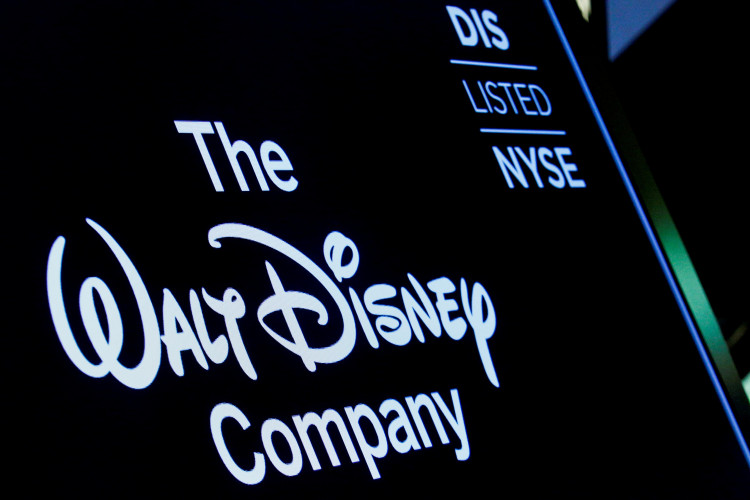On Wednesday, following the close of the U.S. stock market on August 9, Disney revealed its third-quarter financial results ending July 1.
For Q3, Disney reported revenues of $22.33 billion, slightly below the market expectation of $22.51 billion. The adjusted EPS stood at $1.03, surpassing the anticipated $0.99. Under GAAP, Disney registered a one-time expense and impairment of $2.65 billion, resulting in a rare quarterly net loss.
Diving into the Details
The media and entertainment distribution business garnered $14.11 billion in Q3. Cable television services revenue was $6.69 billion, marking a 7% year-over-year decrease. Direct-to-consumer media business (i.e., streaming) revenue surged by 9% year-on-year to $5.53 billion, while content sales and licensing revenue dropped by 1% to $2.08 billion.
Cable television network's operating profit plummeted 23% year-on-year to $1.89 billion. Streaming business losses significantly narrowed by more than half to $512 million, while content sales and licensing operational losses sharply increased to $240 million.
Q3 saw Disney+ subscribers drop by 7.4% quarter-over-quarter to 146.1 million, falling short of the projected 154.8 million. A breakdown of Disney's streaming subscribers revealed a 1% drop in North American subscriptions for Disney+ at 46 million, while international subscribers rose by 2% to 59.7 million. Disney+Hotstar suffered due to the loss of Indian cricket broadcasting rights, plunging 24% to 40.4 million. ESPN+ subscriptions remained steady at 25.2 million, and Hulu maintained a subscriber count of 48.3 million year-on-year.
In Q3, Disney's average revenue per user in North America was $7.31, a year-on-year increase of $1.04. The international average revenue per user was $6.01, down by $0.3 year-on-year.
Theme Parks and Experiences Thrive
The parks, experiences, and consumer products sector witnessed a 13% year-on-year growth in Q3, reaching $8.33 billion in revenue and surpassing the market expectation of $8.25 billion. Disney parks and experiences in North America saw a revenue increase of 4% year-on-year at $5.65 billion, but operational profit dipped by 13% to $1.44 billion. International revenue for Disney parks and experiences, boosted by the Shanghai and Hong Kong parks, soared by 94% year-on-year to $1.53 billion, turning operating losses into a profit of $430 million. Consumer products revenue dipped by 3% year-on-year to $1.15 billion, and operational profit decreased by 6% to $560 million.
Price Hikes Ahead
Disney announced a 27% price hike for the ad-free version of its Disney+ streaming service. Taking cues from Netflix, Disney is also planning to clamp down on password sharing.
Starting October 12, the monthly cost for the ad-free version of Disney+ will rise from the current $11 to $14. Hulu's ad-free version will see a 20% price hike, settling at $18.
This marks the second price increase for Disney+ in less than a year, emphasizing the company's dedication to making its streaming service profitable by September 2024. The cheapest bundle, which includes Disney+ and the ad-supported version of Hulu, will remain at $8 a month.
As part of the price restructuring, Disney is launching a bundle for ad-free versions of Disney+ and Hulu at $20 a month. The ad-free bundle of Disney+, Hulu, and ESPN+ will increase from $20 to $25 a month, while the ad-supported package will rise from $13 to $15 a month.
In November, Disney will roll out an ad-supported version of its Disney+ service in various European markets and Canada.
Since the launch of Disney+ in November 2019, the world's largest entertainment company has tried to attract streaming subscribers with unsustainable low prices.
Now, Disney's management is raising prices in a bid to reduce losses while remaining competitive without alienating customers. Its competitor, Netflix, charges $15.5 per month for its ad-free service, while WarnerMedia's Max service is priced at $16.
Following the earnings release, Disney's stock initially dipped but then surged, rising by more than 4% in after-hours trading.






